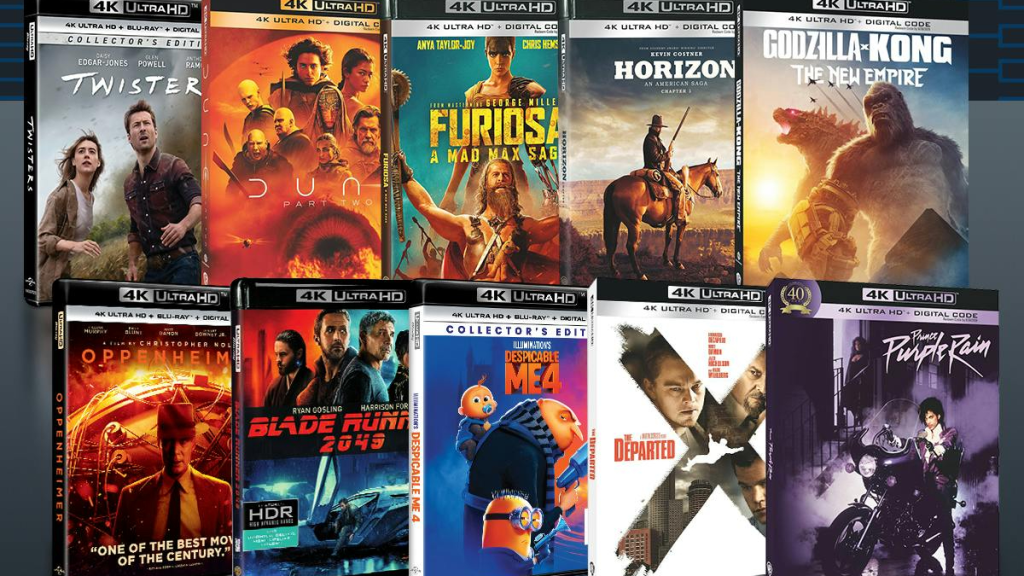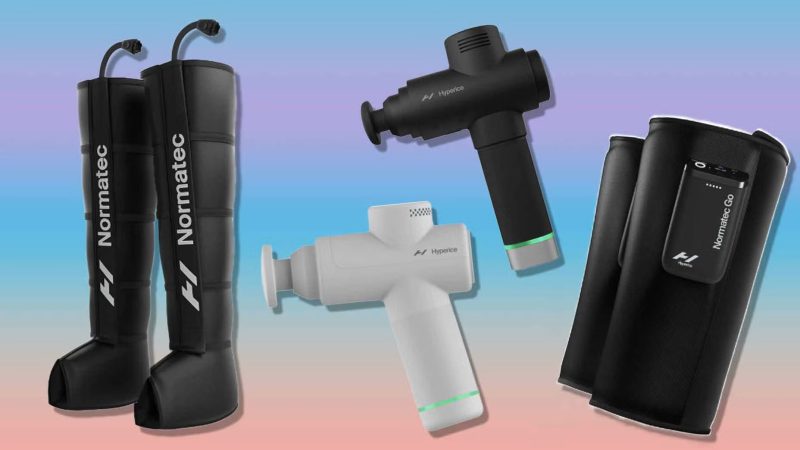Let’s be real: most platforms today are either charging too much for digital content or locking you into bloated subscription models. That’s where GRUV flips the script. If you’re tired of overpaying for movies and music or getting nickel-and-dimed by streaming services, GRUV is your one-stop shop for owning your favorite entertainment—without the nonsense.
At TechFinderLab, we don’t fall for hype. We tested GRUV ourselves, and here’s what stood out: major studio films at seriously discounted prices, a killer selection of vinyl and Blu-rays, and limited-time deals that actually feel like deals—not fake markdowns. GRUV partners directly with top entertainment studios, meaning you’re getting legit content without the middleman markup. It’s a rare case of value meeting quality—and you don’t have to sign your soul away in a subscription to get it.
For tech-conscious buyers who value ownership over access, GRUV just makes sense. The site is easy to navigate, checkout is smooth, and you’ll often find exclusive collector’s editions that aren’t available anywhere else. Whether you’re rebuilding your home media library or looking for a perfect gift that doesn’t scream “algorithm-selected garbage,” GRUV delivers.

Let’s dive deeper into what makes GRUV a smarter option:
1. Actual Ownership in the Streaming Era
In a digital world dominated by rentals and subscriptions, the concept of owning media seems almost retro—but that’s exactly what makes it refreshing. With GRUV, you actually own your content. No risk of it vanishing overnight because of licensing changes. That means you can build a collection that’s yours for good, whether it’s an Oscar-winning film, a cult classic, or a limited edition vinyl.
2. Prices That Make Sense
GRUV regularly features movies from Universal and other major studios at prices that beat Amazon, iTunes, and Google Play—sometimes by half. New releases, 4K UHDs, and box sets are frequently on sale, and there’s no catch. You don’t need to sign up for a plan or worry about auto-renewal charges. It’s one of the few platforms where a “deal” actually means saving money.
3. Physical Media for Real Collectors
Sure, digital is convenient, but true collectors know there’s nothing like the tactile joy of a crisp Blu-ray case or a glossy vinyl jacket. GRUV understands this. Their physical media collection includes everything from blockbuster films to indie treasures, and they’re always adding new releases. If you love packaging, extras, and high-fidelity sound and visuals, GRUV has you covered.
4. Limited-Time Drops & Exclusive Editions
One of GRUV’s biggest draws is its rotating lineup of exclusive editions and special offers. These aren’t leftovers or warehouse dumps—they’re curated releases, often unavailable elsewhere. For those who like getting in early on collector’s items or gifting something unique, GRUV is a goldmine.
5. Clean, Honest Shopping Experience
Let’s not forget the UX: GRUV’s site is a breeze. No upsells, no distractions. Just clean browsing, detailed product pages, and a smooth checkout experience. Shipping is reliable, and they often run free delivery promos within the U.S. It’s a rare case where simplicity works in your favor.

The Verdict? GRUV is the Anti-Streaming Hero We Didn’t Know We Needed.
At TechFinderLab, we’re all about cutting through fluff—and GRUV passed every test. For American buyers who are tired of the streaming treadmill and want real value from their entertainment dollars, this is a no-brainer. GRUV lets you shop smarter, collect better, and spend less. It’s digital ownership without the digital headache.
So, ready to GRUV? Explore today’s deals and start building a collection you actually own at www.gruv.com.



